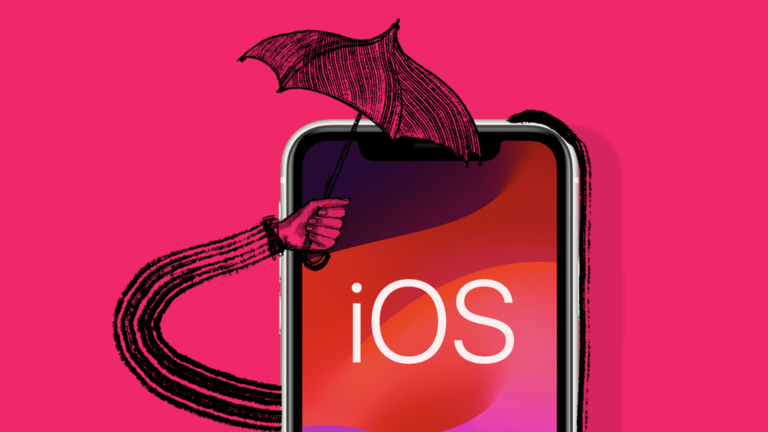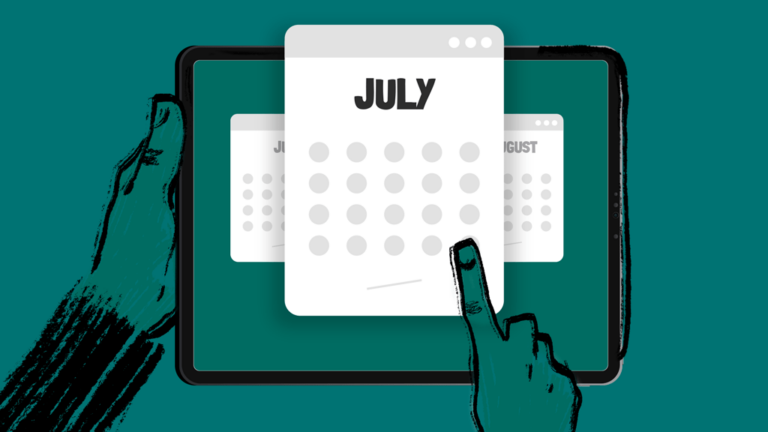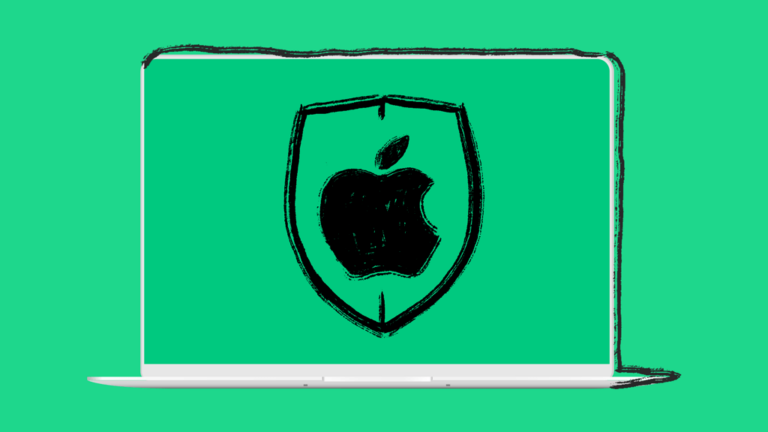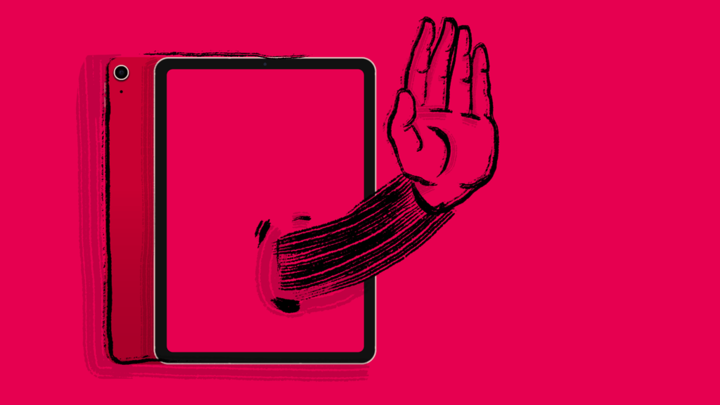When Mac Devices Come to Your BYOD Enterprise
If your enterprise has a bring your own device (BYOD) policy, it’s important to step back and ask if your IT support team is structured to support Mac and PC devices. Why does it matter? It can be challenging for any enterprise IT admin to troubleshoot issues and integrations on an unfamiliar operating system.
Whether your company allows employees to bring their own devices or invites users to select their operating system of choice, mobile device management systems that can support Mac devices can help improve your IT team’s efficiency and make for a great end user experience.
Here’s a primer on how to provide seamless Mac device management at enterprises that trend toward PC use.
A Brief History of BYOD and CYOD
In the old days, when you joined a company, you were given the productivity tools the company determined you’d need to do your job. Then, in the early aughts, the market shifted. As personal computing devices and laptops became more affordable and more available, instead of HR or IT dictating who got what, leadership teams began dictating what they wanted.
For example, the CEO of a midsized company may have come to work on a sunny summer day in 2007 with a brand new iPhone and a MacBook Pro, requesting that you put their email on both devices. For many businesses, this kind of individual initiative opened the door to a broader BYOD policy or practices, which is why most BYOD policies are reactive rather than proactive.
Since then, enterprises have come a long way. Rather than allowing folks to bring their own devices to the table (and potentially walk away with proprietary information), many BYOD programs have evolved into Choose Your Own Device (CYOD) programs. It’s now common at many businesses – large and small – to ask new hires about their device preferences as part of the onboarding process.
For IT departments, this also means that it’s now necessary to have the ability to support more than just one kind of operating system. If this challenge is new to you or your business, here are three things you need to consider.
1: Security and Compliance
When new devices and different operating systems join your network, it’s your job to keep these devices and their data secure. You’ll need to establish protocols around password protection, data encryption, and disaster / recovery practices that can be achieved on Mac and PC devices.
The good news is that Mac devices are designed to be easily managed (and located) remotely. Apps like Find My iPhone aren’t just for their eponymous devices – Apple wisely expanded this tool into the Find My program that enables users and IT teams to locate remote iOS and iPadOS devices without having access to them in-office. It’s worth noting that MacOS devices can also be locked remotely but these can’t be placed in Lost Mode.
2: Continuity
It’s important to establish IT support that provides end users who are working on different operating systems the necessary operational continuity to collaborate across applications, whether that’s Microsoft Office, Adobe, or other programming tools.
While most apps and cloud-based software is available for Mac and Windows users today, if your business has custom-built programs that everyone uses to work in-house, you’ll need to vet those to make sure they can run on Macs or that they can be modified for Mac use.
Although this is less of a problem today than it used to be, make sure this won’t be an issue for internal teams before you institute a company-wide CYOD or BYOD policy.
3: Support
If your company has a BYOD policy, you’ll need to be able to provide technical support for those users. The good news, especially for IT admins who are less familiar with Mac device management, is that there are an increasing number of mobile device management solutions. These mobile device management tools can help you respond to tickets and remotely access the screens of devices users on your network regardless of OS.
But there are a couple of pitfalls to be aware of:
- Beware the spork. In dining, a spork is a combination of a fork and a spoon. In a pinch, it can help you eat soup or make your way through a leafy green salad, but neither experience will be great. If you have a spork in hand when you need to cut through a prime piece of steak, you won’t be able to make much progress. Lunchtime picnicking metaphors aside, be aware that a Mac-specific IT support program will always be better than a catch-all system that can’t fully support the devices on your network.
- Growing from BYOD to CYOD can be a challenge. To stretch the metaphor above a little farther, scaling IT support for one or two Apple device users to half the company can be a more challenging process than it needs to be if the initial Mac support you’ve chosen is a spork. Apple MDM is best delivered by IT experts who love Mac OS as much as your end users (or at least attempt to).
If you pick the right remote IT support program for your Mac users, you won’t have to worry about providing a level of support that doesn’t meet the standard you provide to Windows users at your company. And you’ll have partners in place to help you if you choose to scale up into a full on CYOD workplace.
Your Goal: Establish a Program That’s Easy on End Users, Starting at Onboarding
If your company shifts to a CYOD model, know that preparing PCs and Macs for enterprise use requires different processes and procedures. For example, if you’re doing a large rollout of Windows devices, you probably spend a lot of internal IT time configuring devices in advance or provision those devices with a third-party service to help you set these devices up so that your employees get them and are ready to get to work on day one.
For Mac users, remote IT providers or Mobile Device Management (MDM) programs can help you do this legwork before you have the shrink-wrapped devices in hand. When your employees open the box on day one, they’ll just need to connect to Wifi (or a hard line to the Internet) and get started.
The added benefit of this remote setup is that the onus you put on the end user gives them a sense of ownership and simultaneously educates them on how to communicate with your remote or cloud-based IT services provider. The right Apple MDM solution will help your business’ Mac users get the support and experience you aim to provide to everyone at your company, whichever side of the Mac vs. PC war your IT department is on.
Whitepaper: How Apple Devices Enable and Secure the Modern Workforce






